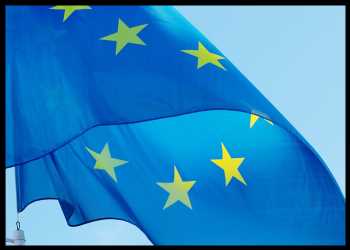
The euro area economy logged only a marginal growth in the second quarter reigniting fears of a recession after the net trade acted as a drag on growth.
Revised estimate published by the Eurostat on Thursday showed that the 20-nation currency bloc grew by a marginal 0.1 percent in the June quarter. The rate was revised down from 0.3 percent estimated on August 16.
Nonetheless, the first quarter figure was revised up to 0.1 percent from the previous estimate of nil growth.
The expenditure-side breakdown for the second quarter, which was released for the first time, revealed that household consumption remained flat for the second straight quarter.
At the same time, government spending gained 0.2 percent, in contrast to the 0.6 percent decrease a quarter ago.
Gross fixed capital formation posted 0.3 percent growth, the same rate as seen in the first quarter.
Suggesting that the net trade was a drag on GDP growth, exports fell 0.7 percent after remaining flat in the prior quarter. By contrast, imports gained 0.1 percent following a 1.3 percent decrease in the preceding period.
With business surveys having turned down sharply in July and August, construction and industry struggling and the labor market easing, the euro area is likely to slip into a recession in the second half of the year, Capital Economics economist Andrew Kenningham said.
The statistical office also downgraded the second quarter annual economic growth rate to 0.5 percent from 0.6 percent. This followed a 1.1 percent rise in the first quarter.
Among big-four economies, Germany, the largest euro area economy, flat-lined in the second quarter and Italy contracted 0.4 percent. Meanwhile, France and Spain expanded 0.5 percent and 0.4 percent, respectively.
Data also showed that quarterly growth in employment eased to 0.2 percent in the second quarter from 0.5 percent a quarter ago. Annually, employment rose 1.3 percent after rising 1.6 percent.
Source: Read Full Article